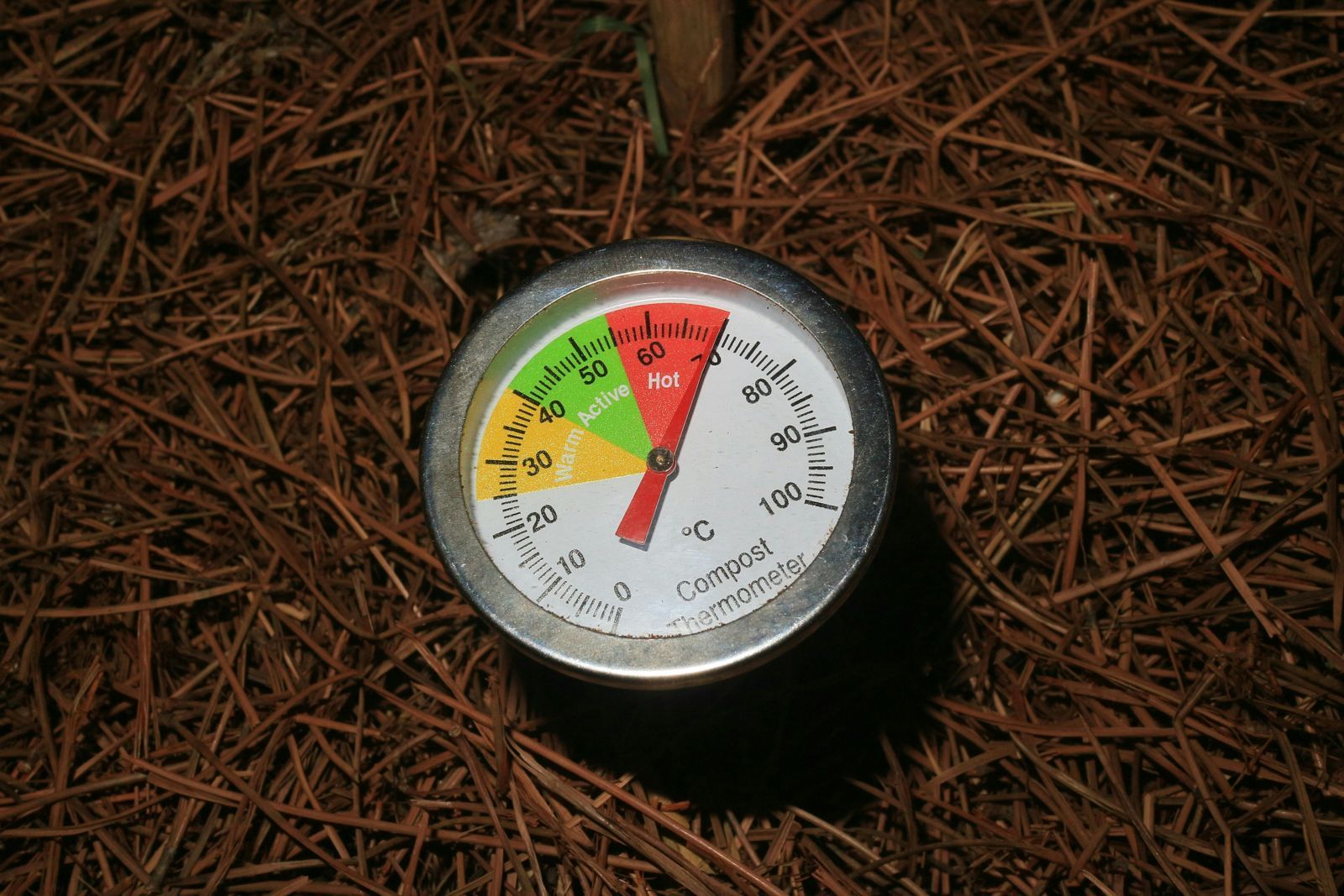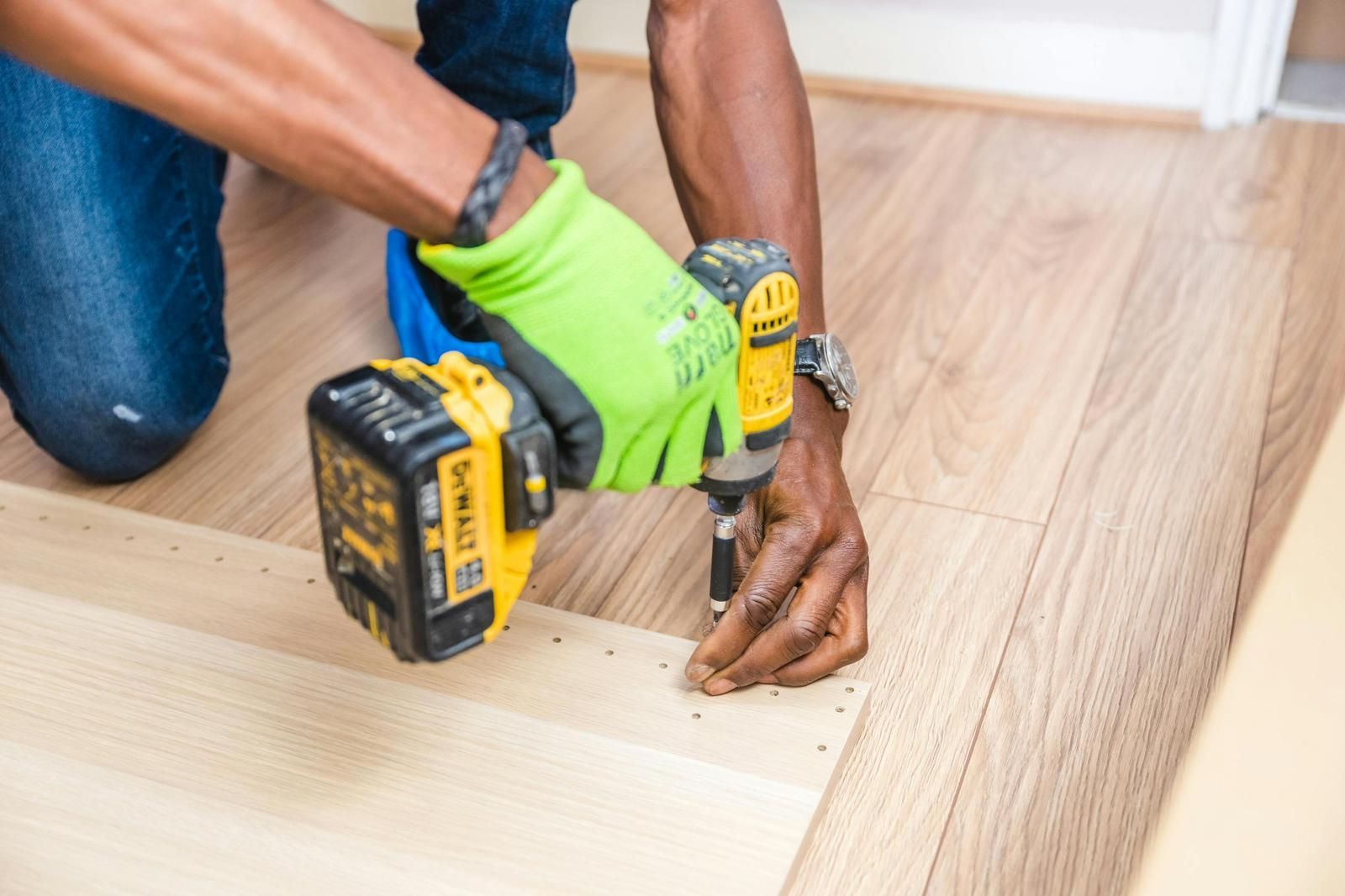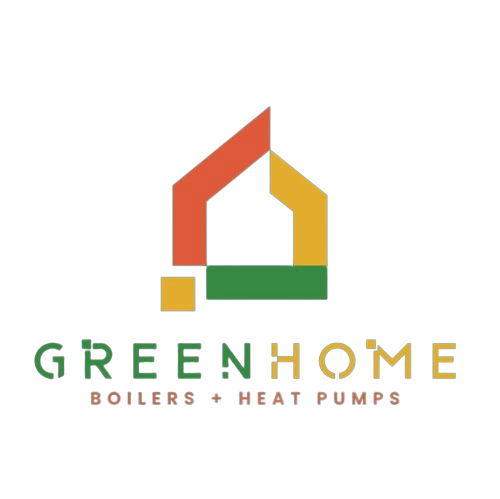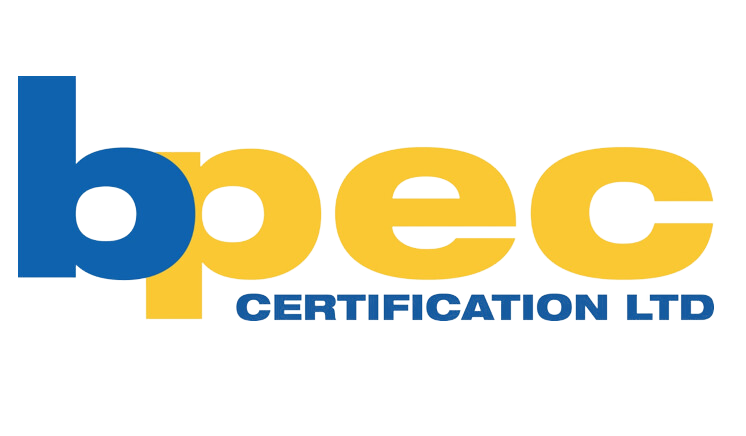Insulation and Heat Pumps: A Powerful Duo for Home Energy Efficiency
Air source heat pumps (ASHPs) have emerged as a promising energy-efficient home heating and cooling technology. However, their performance is closely tied to a home's insulation quality. Understanding this relationship is crucial for homeowners looking to maximise the benefits of their ASHP systems.
The Efficiency Factor
Heat pump efficiency is measured by the Coefficient of Performance (CoP). Modern ASHPs can achieve impressive annual CoP values, producing significantly more heat than their electricity consumption. However, this efficiency can vary based on external factors, particularly the home's insulation quality.
Insulation: The Unsung Hero
Proper insulation plays a vital role in maintaining the efficiency of ASHPs. Well-insulated homes maintain more consistent indoor temperatures, reducing the workload on heat pumps. Insulation minimizes heat escape, allowing the ASHP to operate more efficiently and less frequently. Additionally, it helps eliminate cold spots and drafts, improving overall comfort without overworking the heat pump.
The Attic: A Key Focus Area
When considering insulation upgrades, the attic should be a top priority. Energy experts often emphasise the importance of attic air sealing and insulation as a first step in home energy efficiency improvements. This area is frequently responsible for significant air leaks and heat loss, especially if ductwork runs through it.
Beyond the Attic: Comprehensive Insulation
While the attic is crucial, a holistic approach to insulation yields the best results. Ensuring your ductwork is properly sealed and insulated is essential, as leaky or poorly insulated ducts can significantly reduce ASHP efficiency. Addressing gaps around door frames, window frames, outlets, and other potential leak points through proper air sealing can have as much impact on heating and cooling loads as insulation alone. Don't overlook wall and floor insulation, which contributes to overall home efficiency.
The Cost-Benefit Analysis
Investing in insulation before or alongside ASHP installation can lead to substantial savings. Better insulation may allow for a smaller, less expensive heat pump system. Improved insulation can lead to significant energy bill reductions annually, depending on heat pump efficiency and climate. While initial costs for comprehensive insulation can be substantial, the potential savings over time make it a worthwhile investment for many homeowners.
Environmental Impact
Combining efficient ASHPs and proper insulation significantly reduces a home's carbon footprint. Studies have shown that heat pumps can substantially cut residential sector greenhouse gas emissions, with the most notable reductions occurring when replacing fossil fuel-based heating systems.
For homeowners considering air source heat pumps, investing in quality insulation is not just an add-on—it's essential for maximising efficiency and comfort. By creating a well-insulated envelope for your home, you're enhancing your ASHP's performance and contributing to a more sustainable and cost-effective energy future.
While the upfront costs of insulation and heat pump installation may seem significant, the long-term benefits in energy savings, comfort, and environmental impact make it a wise investment for your home. As technology advances and energy efficiency becomes increasingly important, the combination of proper insulation and air source heat pumps is a powerful solution for modern, eco-conscious homeowners.
You might also like












